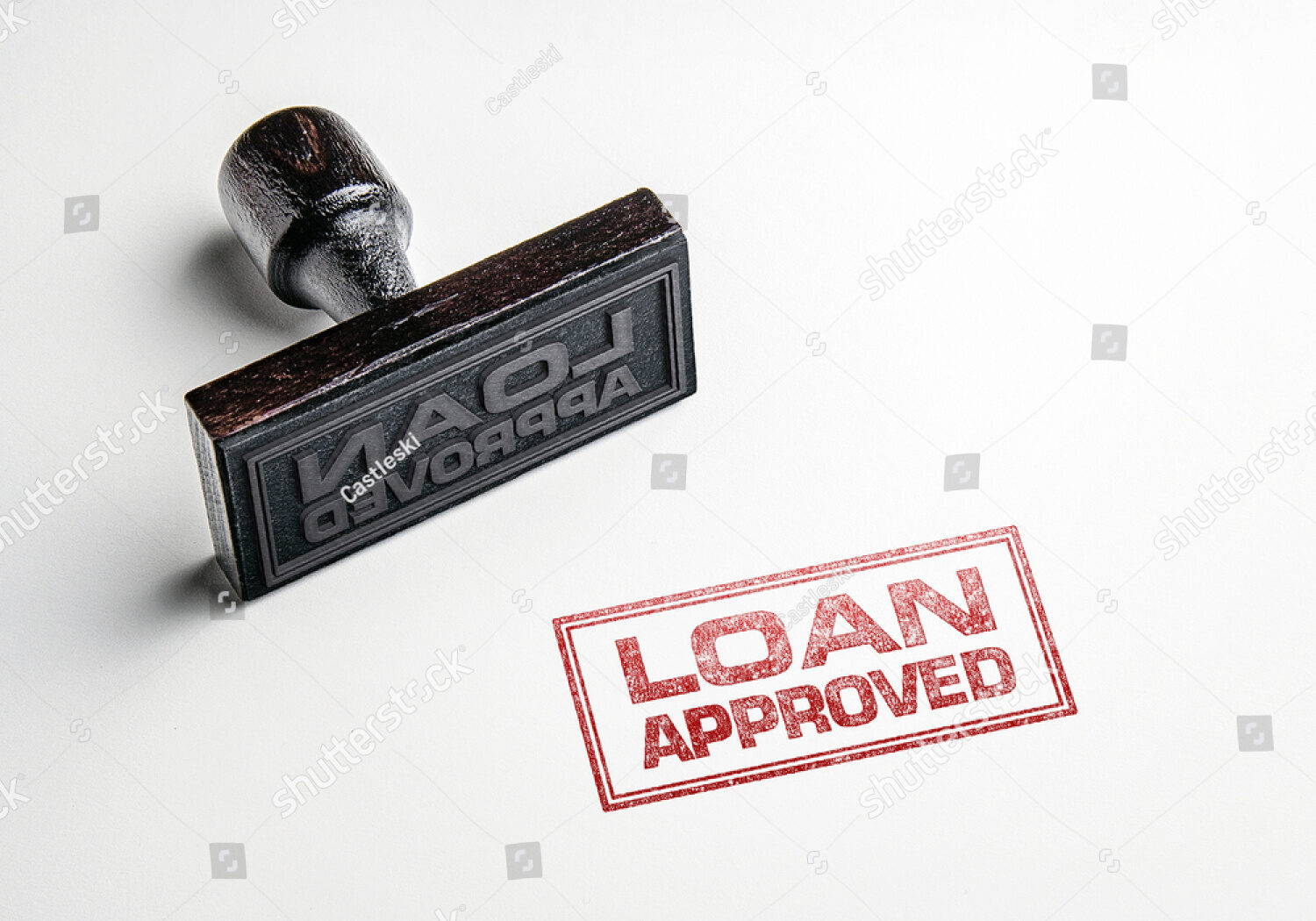WHAT IS LOAN WAIVE OFF?
Loan waive-off means a complete cancellation of the loan account and it frees the borrower from a particular debt. after a loan is waived, the bank will not take any legal action against the borrower for not repaying the particular loan. Speaking of collaterals after the loan is waived off the ownership papers are returned to the borrower. This facility of loan waive-off is offered by the government to farmers during cases of natural disaster. However, it is only grated after proper investigation. Usually, this is performed by lenders with the voluntary support of the government.
Let’s try to understand this with an example. Suppose A has been given a loan of Rs.3,00,000 by B and A loses all of his money due to some emergency medical situation and also loses his job. A communicates his situation to B and after verifying the genuineness of the situation and understanding that there is no possible way for A to repay the loan to him, he forgives the loan and does not want to recover the same anymore. Hence, we can say that B has waived off A’s loan.
REASONS WHEN LOAN IS WAIVE-OFF
- NATURAL DISASTER: as a relief measure during the financial hardship caused due to natural disasters such as floods, earthquakes, etc., the lender can waive off the loan.
- ALTERATION OF LOAN TERM: when there are changes in the loan term like an increase in the interest rates floating then the lender should agree to write off the loan.
- GOVERNMENT POLICIES: sometimes government can introduce policies for a loan waiver program which is for a specific sector of the borrower.
- FINANCIAL HARDSHIPS: when a borrower faces financial hardship such as job loss, medical expense, and some other reason the lender may waive the loan.
- LOSS OF COLLATERAL: when the collateral provided by the borrower is lost or destroyed and its value is depreciated significantly then the lender can consider the waive-off the loan.
PROCESS OF LOAN WAIVE OFF
- MEETING THE ELIGIBILITY CRITERIA
To meet the eligibility criteria the borrower should meet the lender’s criteria for the financial hardship. The causes of financial hardship may include job loss, illness, or any other reason that makes you unable to repay the loan.
- SUBMIT APPLICATION
The borrower should submit a loan waiver application to the lender which should include all the information about your financial hardship and the reasons for your inability to repay your loan.
- REVIEW OF APPLICATION
After submission of the application the lender will review your application and they will give you the terms of the loan waive-off.
- ACCEPTANCE
In case the borrower has accepted the offer then he will have to sign the loan waive-off agreement based on the terms stated in the outline of the agreement.
- REPAYMENT
Once the agreement is signed the borrower is expected to make payment as stated in the agreement.
WHAT IS LOAN WRITTEN OFF?
It is a practice performed by banks to clear up their balance sheets regularly. After a loan is written off the loan account says in the books of account that they hope that they will recover it in some near future. The loan account is not closed and there are chances that the lender or bank can recover the loan with the help of legal action. Speaking of collateral, it can either be confiscated until the borrower has repaired the loan or the collateral can be auctioned off to recover the loan amount. This process is carried out by banks frequently to minimize tax liabilities. Under this legal action can be taken against the borrower.
Let’s continue with the previous example. In this scenario instead of B giving the loan to A, B will write off the loan to a later date when the loan can be recovered due to the financial condition of A. An eventually pays back the money to B. In case A is still not able to repay B, B can take legal action against A, and also, he can sell the collateral provided by A to recover the loan amount.
PROCESS OF LOAN WRITE-OFF
- DETERMINING LOAN DEFAULT
The first step is determining the default of the borrower in paying the loan as said in the loan agreement.
- COLLECTION EFFORTS
The lenders will try their best to recover the loan amount by sending reminders, sending demand letters, and making phone calls.
- DECISION
When the collateral efforts do not yield any result then the lender after assessing the situation will decide to write off the loan. For the lender, the loan will be considered as a loss and he will not make any further efforts to collect back the loan.
- ACCOUNTING ENTRIES
After deciding to write off the loan, in the accounting entry, the loan will be regarded as a loss in the financial statement of the lender. This results in a decrease in the assets of the lender and an increase in his liabilities.
- NOTIFYING THE BORROWER
The lender should let know the borrower that his loan has been written off and no collection effort will be made any longer.
REASONS FOR LOAN WRITE-OFF
There can be several reasons why a particular loan can be written off. This may include the following reasons:
- Bankruptcy: When a person is declared bankrupt then the lender will write off the loan and mark it as uncollectable.
- Insufficient collateral: When you provide collateral for a loan and the value of the collateral has depreciated below the amount of the loan then the lender may write off the loan.
- Death: In case of death of a borrower the lender may write off the loan if the estate doesn’t have sufficient assets to recover the loan.
- Defaulter: When a borrower fails to make payment of the loan on a timely basis then the lender may write off the loan as bad debt.
CONCLUSION
From the above explanation, we can sum up that there exists a major difference between loan write-off and waive-off. Under loan write-off, the outstanding amount of the loan is deemed irrecoverable and hence the lender will write off the amount as a loss. On the other hand, under loan waive-off the borrower is relieved from repaying the loan due to the financial constraints of the borrower, and the borrower is forgiven from paying the loan. Your credit score can be negatively affected in both scenarios but legal action can’t be initiated against you when the loan is waive-off unlike a loan written off.
This article is written by Purbasha Parui, a 1st-year law and finance enthusiast from BMS College of Law, Bangalore.




